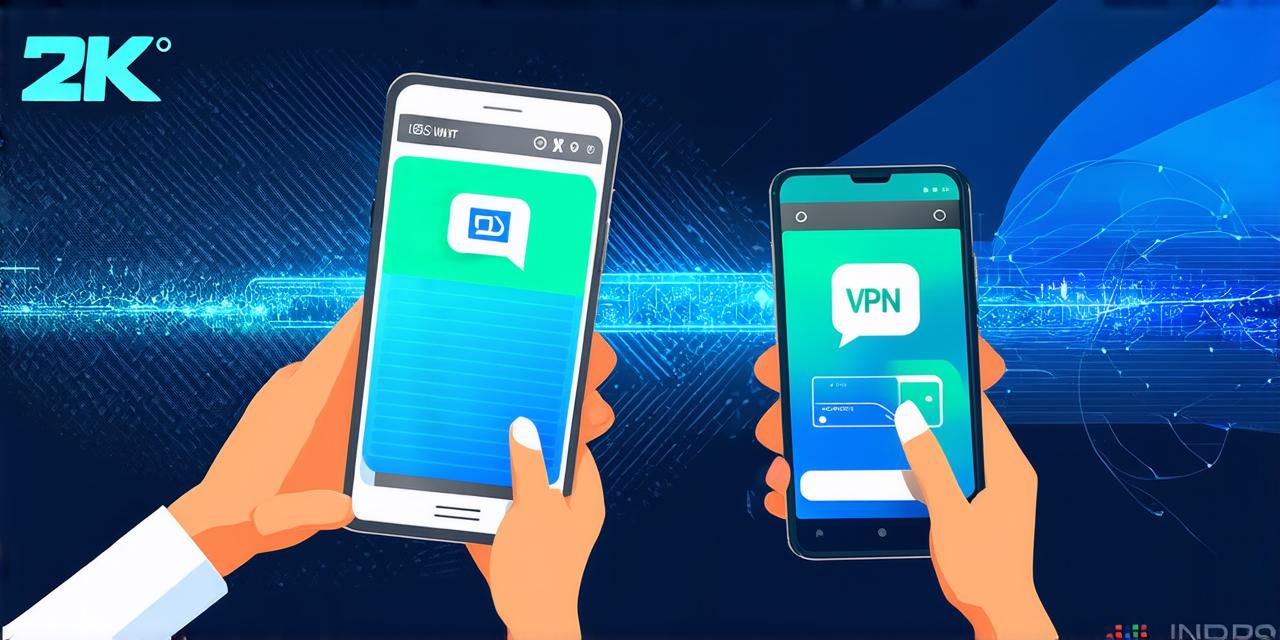How to Disable VPN on Android, iOS, and Additional Devices: A Comprehensive Guide for iOS Developers
As an iOS developer, you may need to disable Virtual Private Network (VPN) on your device or others’ devices during development. Whether you’re testing your app in a local network, troubleshooting connectivity issues, or debugging remote access, disabling VPN can be a useful tool. However, it’s important to understand how VPN works and the potential risks associated with disabling it. In this comprehensive guide, we will explore how to disable VPN on Android, iOS, and additional devices, as well as discuss the pros and cons of doing so.
What is VPN?
Virtual Private Network (VPN) is a service that creates a secure, encrypted connection between your device and a server in another location. When you connect to a VPN, your internet traffic is routed through the VPN server before being sent to its final destination on the open web. This means that your IP address, online activity, and other sensitive data are hidden from prying eyes, making it difficult for hackers, ISPs, and governments to monitor your online activity.
VPNs can be used for a variety of reasons, including accessing geo-restricted content, bypassing internet censorship, and protecting your privacy while using public WiFi networks. However, VPNs can also cause issues with certain apps and services that rely on a stable, local connection.

How to Disable VPN on Android
- Open the Settings app on your Android device.
- Scroll down and tap on “Network & Internet.”
- Tap on “VPN.”
- Toggle off the switch next to the VPN service you want to disable.
- Tap on “Save” or “OK” to confirm that you want to disable VPN.
It’s important to note that disabling VPN on an Android device does not necessarily mean that your device is no longer connected to a VPN network. If you’re using a VPN service provided by your employer or internet service provider, you may still be connected through their network even if you disable VPN on your device. To completely disconnect from a VPN network, you may need to contact your employer or internet service provider and request that they remove your device from their VPN server.
Case Study: Disabling VPN for App Testing
As an iOS developer, you may need to disable VPN on your device during app testing to ensure that your app is functioning properly in a local network. For example, if your app relies on GPS data or other location-based services, disabling VPN can help ensure that these services are working correctly.
How to Disable VPN on iOS
- Open the Settings app on your iOS device.
- Tap on “General.”
- Tap on “VPN.”
- Toggle off the switch next to the VPN service you want to disable.
- Tap on “Save” or “OK” to confirm that you want to disable VPN.
It’s important to note that disabling VPN on an iOS device does not necessarily mean that your device is no longer connected to a VPN network. If you’re using a VPN service provided by your employer or internet service provider, you may still be connected through their network even if you disable VPN on your device. To completely disconnect from a VPN network, you may need to contact your employer or internet service provider and request that they remove your device from their VPN server.
Case Study: Disabling VPN for Remote Access
As an iOS developer, you may need to disable VPN on your device during remote access to ensure that your device is functioning properly in a remote network.
